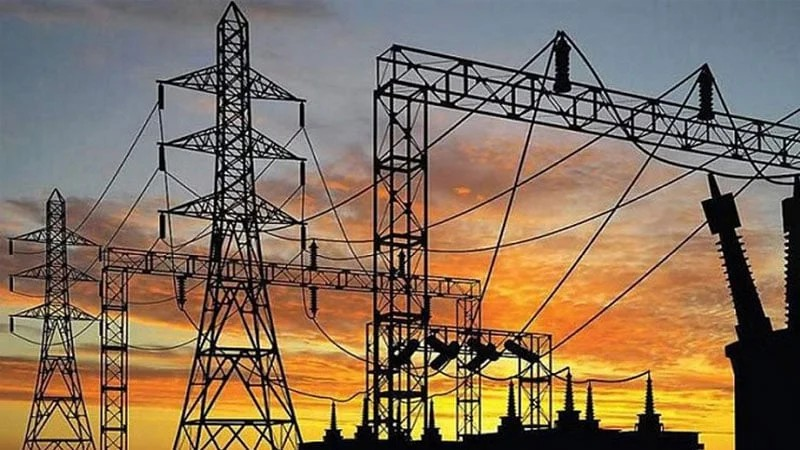Bangladesh is planning to cancel a proposed 117-kilometer-long power corridor project from India. India had suggested starting the project this year and completing it by 2028. But Bangladesh is now reviewing the project due to concerns over grid safety, environment, and economic burden.
What the Project Was About
If the project were implemented, a 765 kV power transmission line would pass through Parbatipur in Bangladesh to Katihar in Bihar, India, via Boranagar in Meghalaya. In exchange, India offered to supply an extra 1,000 megawatts of electricity to Bangladesh. The World Bank and Asian Development Bank (ADB) had shown interest in funding it. Currently, Bangladesh imports 3,000 megawatts of electricity from India.
Delhi Pushed for the Project for Years
India has been trying for a long time to create a power transmission route through Bangladesh to move electricity from its northeastern states to other parts of the country. In May 2023, during a joint steering committee meeting in Dhaka, both countries agreed to form a joint company to build this line. The Power Grid Company of Bangladesh (PGCB) also completed a feasibility survey, finalizing the Boranagar–Parbatipur–Katihar route.
Read More: Trump Approves U.S. Attack Plan on Iran – But Final Order Still Pending
Opposition from Engineers and Shift in Policy
Many engineers in the PGCB and the Power Division opposed the project. However, it moved forward under the India-friendly policy of the previous Awami League government. After the change in government, the interim administration decided to reassess the project.
Key Concerns Behind the Cancellation
1. Grid Safety Risks
Experts say combining Bangladesh and India’s power grids could be risky because they operate differently. If India experiences a blackout, it could directly affect Bangladesh’s grid too.
2. Economic Burden
Economists warn that this project would add more foreign debt. Bangladesh already owes $2.15 billion for existing and ongoing power projects. The Finance and Planning Division says taking up another loan just for 1,000 MW of electricity isn’t reasonable.
3. No Urgent Need for More Power
Bangladesh’s electricity production capacity is around 28,000 MW, while the highest demand is 17,000 MW. It doesn’t make sense to build an expensive transmission line now since officials think there won’t be a need for additional power before 2030.
4. Environmental Risks from Indian Dam
A hydropower facility on the Indian bank of the Brahmaputra River, a vital supply of water for Bangladesh, would provide the project’s electricity. If India builds a dam there, it could reduce water flow to Bangladesh, cause riverbank erosion, harm biodiversity, and negatively impact agriculture.
Expert Opinions
Prof. Anu Muhammad – Economist and Energy Analyst
“It’s unwise to take on such big financial and environmental risks just for 1,000 MW. Many past power deals were made without public transparency. This time, full transparency and public participation are needed before approval.”
Dr. Faozul Kabir Khan – Interim Govt Energy Adviser
“We will consider national security and environmental impact before making a final decision. National interest must come first when setting up such a high-capacity power line.”
Other Power Imports Remain Safe
Currently, Bangladesh imports around 3,000 MW of electricity from India, with 1,570 MW from government and private contracts, and 1,400 MW from India’s Adani Group.
Also, since 15 June, Bangladesh started importing 40 MW of electricity from Nepal using Indian land routes. A tripartite agreement was signed between Dhaka, Delhi, and Kathmandu.
Will Nepal Power Imports Be Affected?
When asked if cancelling India’s corridor proposal would affect power imports from Nepal, energy expert Prof. M. Tamim said:
“Each agreement is different. The Nepal deal did not include any condition that Bangladesh must give India a corridor. Also, no final deal has been signed yet for India’s proposed corridor.”
Sopurce: Samakal


















